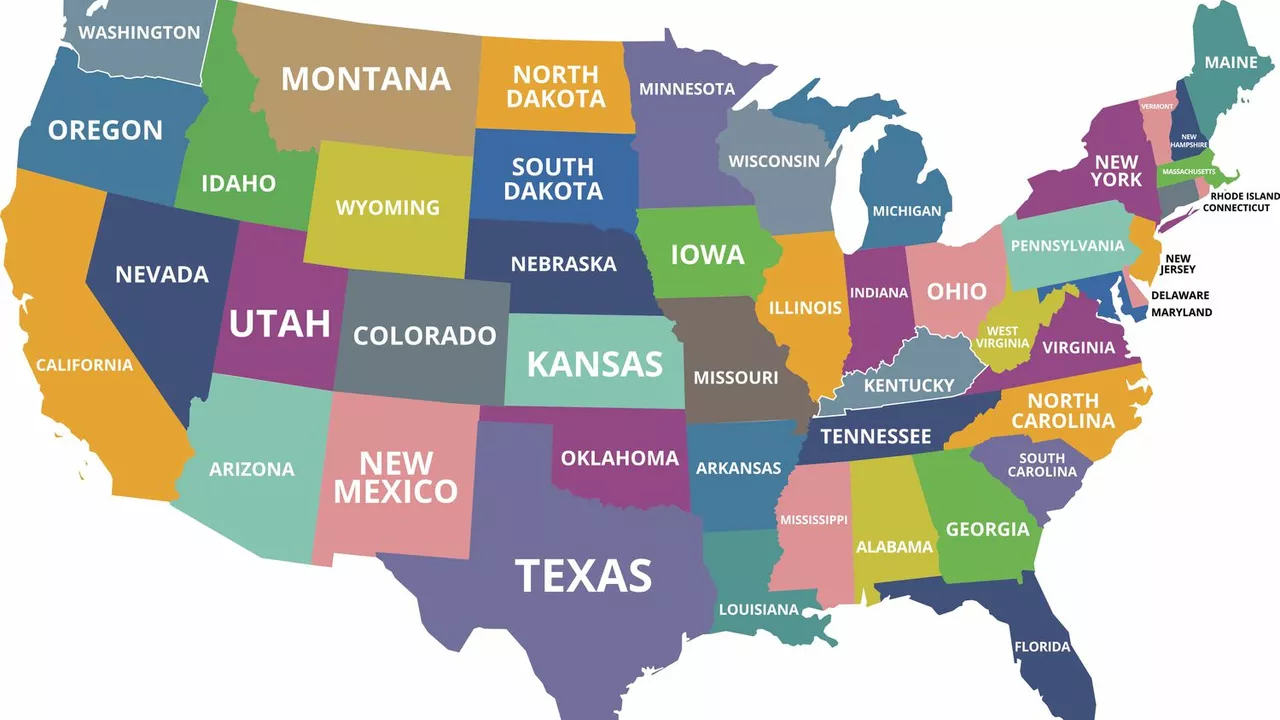Why Some People Say the USA Is Better Than India
Ever wondered why certain articles argue that the United States outshines India? You’re not alone. Readers love a good comparison, and the topic sparks lively debates. In this editorial‑style look, we’ll break down the main points people raise – from roads and job markets to personal freedoms and cultural mix – while reminding you that "better" is always a matter of perspective.
Infrastructure and Opportunities
First up, infrastructure. Most visitors notice the smooth highways, reliable public transport, and modern airports across the U.S. Those features can make daily life feel faster and more predictable. India, on the other hand, is still expanding its network, and you’ll often encounter crowded trains or traffic jams that test your patience.
Job opportunities follow a similar pattern. The U.S. economy hosts a huge number of tech firms, finance houses, and startups that regularly post open roles for fresh talent. Salaries tend to be higher, and benefits packages are more standardized. In India, the job market is booming too, especially in IT and services, but competition is fierce and pay gaps can be wider.
Higher standards of living also come up. Many argue that average household incomes, health care access, and education quality sit at a higher baseline in the United States. That doesn’t mean every American enjoys a lavish lifestyle, but the safety net tends to be stronger for many citizens.
Freedom, Culture, and the Subjectivity of ‘Better’
Freedom and individual rights are a big selling point for the U.S. Constitution guarantees speech, religion, and press freedoms that many see as core to daily life. People feel they can express opinions without fear of government pushback, and that sense of security can shape a positive view of the country.
Culturally, the United States prides itself on being a melting pot. You’ll hear languages from around the world, find food from countless cuisines, and meet people with varied backgrounds. That diversity can feel welcoming, especially to newcomers looking for a place where they fit in.
India offers a different kind of cultural richness. Its history, festivals, and regional traditions create an intense, colorful tapestry that some argue is unmatched anywhere else. The trade‑off is that cultural norms can be more defined, and societal expectations may feel tighter.
All these points sound convincing, but remember: "better" changes with personal goals. If you value fast internet, a wide job market, and individual freedoms, the U.S. might feel like the right fit. If you cherish deep-rooted traditions, family ties, and a lower cost of living, India could win your heart.
At the end of the day, these comparisons help us understand what we prioritize. Whether you side with the United States or India, the conversation pushes us to think about what truly matters in a place we call home.

In my latest blog post, I explored various reasons why some may view the USA as a better country than India. I highlighted the USA's advanced infrastructure, greater job opportunities, and higher standards of living. I also mentioned the country's emphasis on individual rights and freedoms, and its diverse culture that embraces people from all walks of life. However, I emphasized that the term 'better' is subjective and varies based on personal experiences and perspectives.
Read More